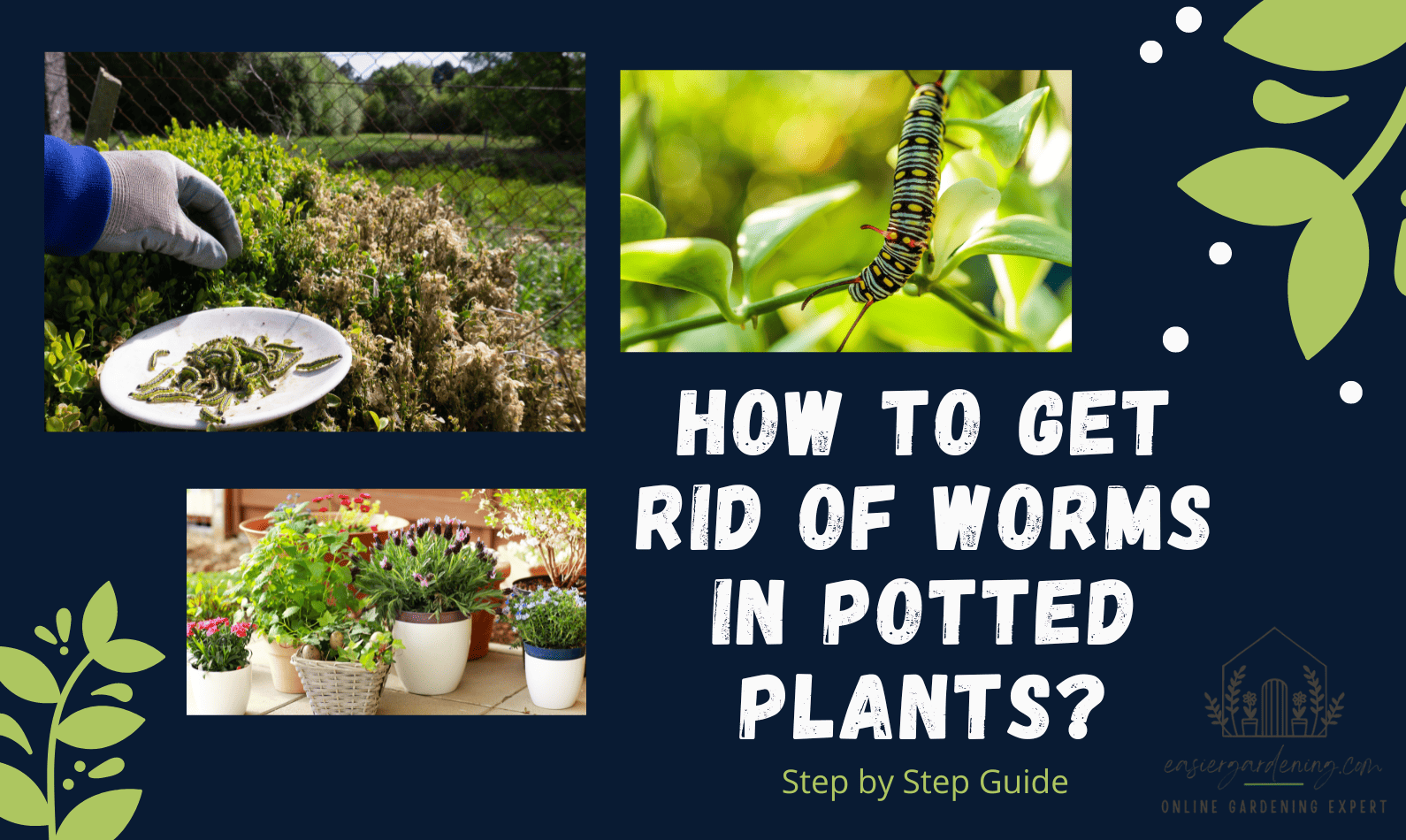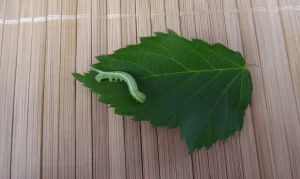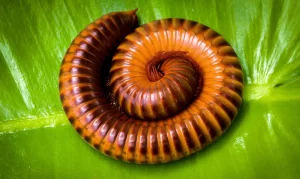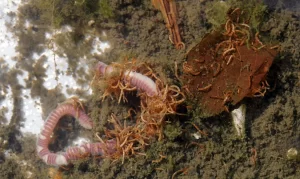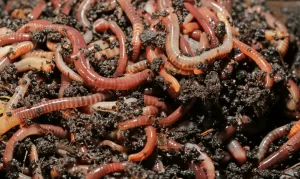How to Get Rid of Worms in Potted Plants and Prevent Future Invasion: Many people think potted plants are free from worm invasion. Well, that’s a completely wrong idea. Some worms often enter a pot and harm the plants. If you’re facing a similar problem, this article can be helpful for you. Here, we’ll discuss how to get rid of worms in potted plants.
Not all worms are harmful to plants. Most of them usually ramble in gardens. They’re natural aerators, thus beneficial to plants. But few of them can hurt plants.
Therefore, in this article, first, we’ll introduce you to different types of plants. And then tell you how to eliminate worms from potted plants. Also, we will provide you with some tips to prevent future invasions.
Contents
- Type of Worms
- Grub Worms
- Millipedes
- Nematodes
- Red Wigglers
- How to Get Rid of Worms in Potted Plants?
- Step 1: Identify the Worms
- Step 2: Quarantine the Plants
- Step 3: Eliminate Worms
- Step 4: Get Rid of the Soil
- Step 5: Repot the Plants
- Tips to Prevent Worms from Coming Back
- Conclusion: How to Get Rid of Worms in Potted Plants?
- Does salt kill earthworms?
- How do worms get into pots?
- Can earthworms bite?
Type of Worms
Usually, you’ll find four types of worms in your pot. Below we’ve listed all of them and provided detailed explanations to identify them.
Grub Worms
How to Identify: Grub worms usually come in white colour, and their body shape is like the English letter ‘C.’ They’re not larger than 2-3 centimetres. Besides, they have six legs.
Impact on Plants: Grub worms are the last thing you would want to see in your pot. During an infestation, they’ll absorb nutrition from the soil. Besides, they can eat up the entire root of your plants and kill them. When they’re mature, they are likely to eat the leaves too.
Millipedes
How to Identify: Millipedes are usually 1 to 2 inches long with blackish-brown colour. They have a segmented body shape and a pair of legs under each segment. One common characteristic of millipedes is that they take shape like coils when facing hindrances on their way.
Impact on Plants: Usually, millipedes don’t cause any harm to your plants. But the irritating thing is that they tend to get inside your room.
Nematodes
How to Identify: Nematodes are less than an inch in size and look like a whitish tube.
Impact on Plants: Usually, they help in the mineralization of the pants, which is good. But some types of nematodes can harm the roots of plants.
Red Wigglers
How to Identify: As the name says, they have a reddish body colour. Besides, the tail is slightly yellowish. They’re not more than two to three inches long.
Impact on Plants: Red wigglers are usually beneficial to plants and cause them no harm. They help organic nutrients turn into a form that makes it easier for plants to digest.
How to Get Rid of Worms in Potted Plants?
There are many ways to get rid of worms in potted plants. Many people suggest using insecticides, which is the easy way. But we don’t prefer using chemicals as they’re not so environmentally friendly.
So, you can follow the steps below to get rid of worms in potted plants:
Step 1: Identify the Worms
The first thing you should do is to identify the worms that attacked your plants. If it’s one of the harmless worms, you need not worry. You can eliminate millipedes by hand as they roam on the ground. For something like grub worms, follow the next steps.
Step 2: Quarantine the Plants
To ensure that other plants don’t get infected, quarantine the plants with worms. Keep them separate for a few weeks, even after curing them.
Step 3: Eliminate Worms
Start digging the soil and eliminate any worms you see. Wear gloves during this step. You can release the good worms in the garden or outside the home. If you want to kill the harmful worms, drown them in soapy water.
Step 4: Get Rid of the Soil
Now, you should get rid of the soil as they’re attracting worms. If you still use them, there’s a high chance that the worms will return.
Step 5: Repot the Plants
Now repot the plants with completely new soil. Don’t forget to use sterile soil for repotting. If you’re using the original pot, clean it with bleaching powder before using. This is how you can get rid of worms in potted plants. However, they can still return sooner than later. So, follow the tips in the next point to prevent a future attack.
Tips to Prevent Worms from Coming Back
Even after repotting, you can’t tell for sure that you’ve got rid of the worms. Hence, follow the tips below to prevent future worm invasion:
- Regularly water your plants to ensure they have a healthy life. Often unhealthy plants get attacked by worms and different other pests.
- Always use sterile soil for planting. It helps keep away harmful pests and insects.
- Clean the pot regularly. A neat and clean pot will always discourage worms from invading.
After you get rid of the worms in potted plants, follow these tips to ensure they never return.
Conclusion: How to Get Rid of Worms in Potted Plants?
So, this is how to get rid of worms in potted plants and prevent them from returning. A large number of good worms can be beneficial for gardens but not for potted plants. Hence, if you notice many worms in your pot, eliminate them even if they’re the good ones. That’s because they’ll eat your plant’s nutrients. If you have any more questions about the worms, feel free to ask us.
FAQs
Does salt kill earthworms?
Yes, salt is deadly for earthworms. If you sprinkle salt on worms, it will soak all the moisture. As a result, the earthworm will get dry and die as a result.
How do worms get into pots?
Usually, the pots stay in contact with the ground. So, worms make their way into the pot through the drainage holes.
Can earthworms bite?
No, if you try to catch worms to eliminate them, they will not bite you.

